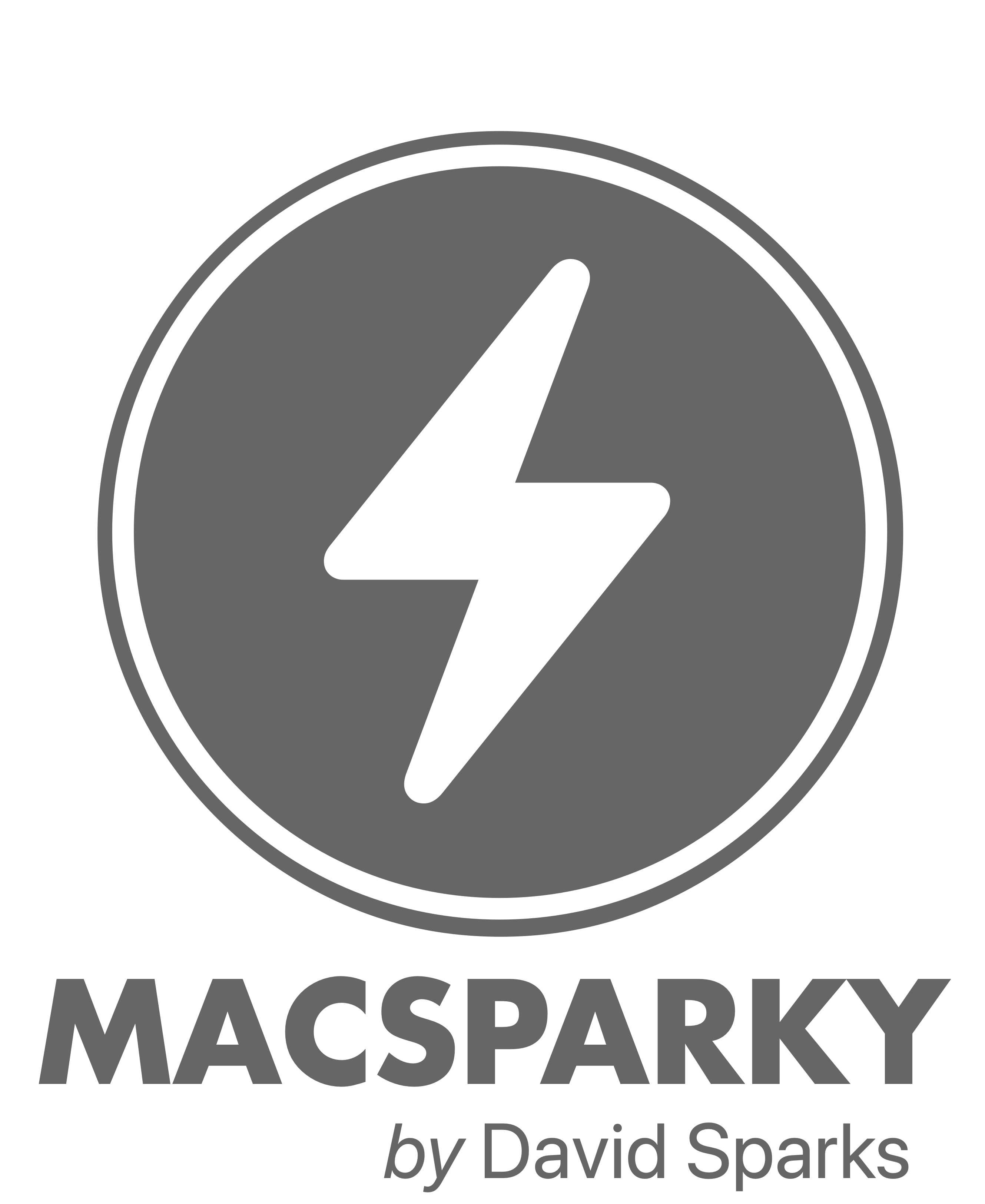Apple’s WWDC 2025 was, in many ways, a return to form. That was the title of this week’s Mac Power Users episode, and I stand by it. Apple delivered a compelling presentation that reminded us what Apple is best at: thoughtful design, tight integration, and bold ideas across the ecosystem.
Chief among those ideas was the unveiling of a completely new user interface, “Liquid Glass.” It’s more than just eye candy. It’s a technical and aesthetic achievement that unifies the feel of Apple’s platforms in a way I’ve never experienced. It’s uniquely Apple, and uniquely delightful.
But under the surface of all that polish was a much more pressing story: Apple and artificial intelligence.
Apple Intelligence: The Pragmatic Pivot
There’s been no shortage of criticism about Apple’s AI strategy, particularly its years of neglect toward Siri. While the rest of the industry pushed forward with increasingly capable assistants, Apple’s Siri stumbled over simple tasks and got mocked by people who otherwise don’t care about tech. Including, I should add, my wife.
So, yes, it’s frustrating that it took this long. As I’ve said before, the problem isn’t that Apple didn’t fix Siri in the past year—it’s that they didn’t fix it five years ago. But as the proverb goes, the second-best time to plant a tree is today. And it appears Apple is finally planting that tree.
They’ve reorganized the Siri team, publicly discussed the importance of getting this right, and made changes that show they’re serious. If Apple was asleep at the switch before, it’s wide awake now.
Commodity or Product?
What fascinates me most is the larger question: What is AI becoming?
From where I sit, Apple is betting that artificial intelligence is a commodity, something you plug into your OS to improve the user experience. You can see this philosophy in small but meaningful features, like the ability to remove background people from a photo with a tap. I’ve got a friend who is blown away by this. To her, it feels like magic and embodies Apple Intelligence. To Apple, that’s the whole point.
Apple’s argument is: we don’t need to be OpenAI or Anthropic. We need to integrate AI in a way that is useful, private, and delightful. And frankly, there’s a strong case for that strategy. In fact, when Apple integrated ChatGPT into their operating systems last year, no money changed hands. That sounds like a commodity, not a product.
But what if they’re wrong?
What if AI becomes a product? What if Jony Ive and OpenAI reimagine the computing interface? What if the next great tech paradigm isn’t about integrating AI but embodying it?
That’s where Apple risks getting left behind. Their delayed start on Siri, and their slower pace on model development, may cost them if AI becomes the main attraction rather than a supporting player.
What Comes Next
If I were Apple, I’d be doing two things right now:
First, make Siri genuinely world-class. Not just “improved” or “competitive,” but so compelling that other AI models want to integrate through it. Siri needs to become the intelligent gateway—the AI traffic director for Apple’s entire platform.
Second, accelerate internal model development. Apple doesn’t need to lead the frontier model race, but it absolutely needs capable, Apple-controlled models that uphold its privacy commitments and ensure platform independence. An encouraging point here: Apple’s Private Cloud Compute is now accessible via Shortcuts. I’ve been testing it, and so far, it looks promising.
The Stakes
There’s much to celebrate about this week’s announcements. Apple’s hardware-software integration remains unmatched, and if AI truly becomes commoditized, they’re positioned to capitalize on that. The new interface work alone demonstrates their continued design leadership.
But we’re standing at a crossroads. That commodity vs. product question will likely define the entire trajectory of technology for the next decade, and Apple does not control how it gets answered.
So yes—this WWDC felt like a return to form. But let’s not miss the subtext: it’s also a wake-up call.
